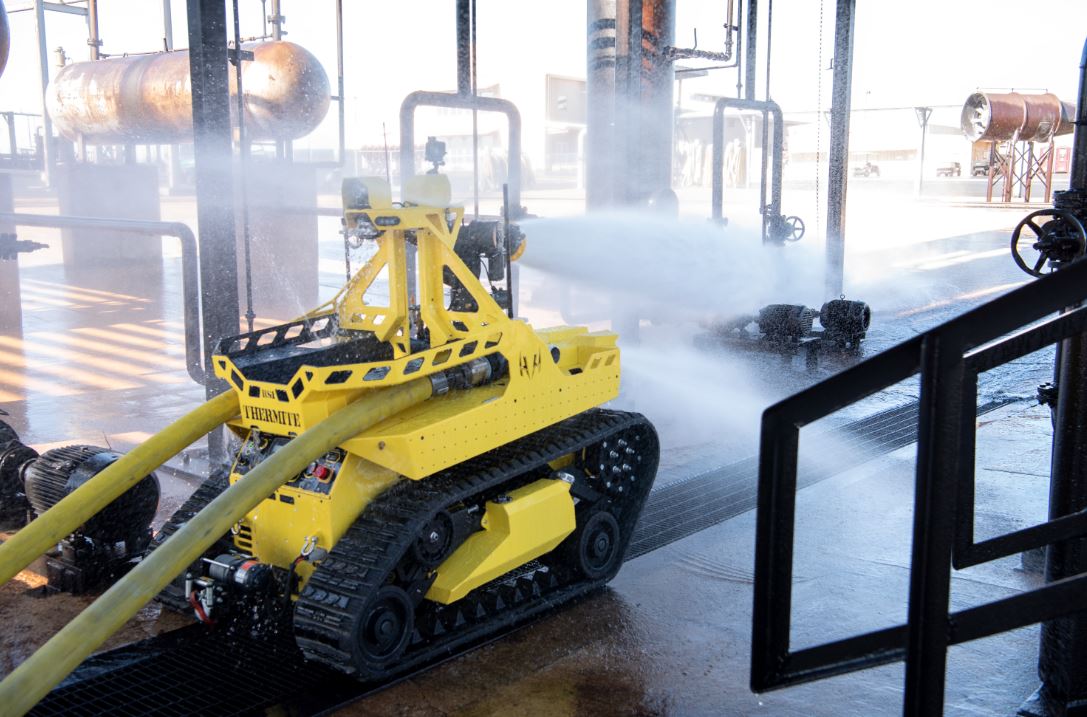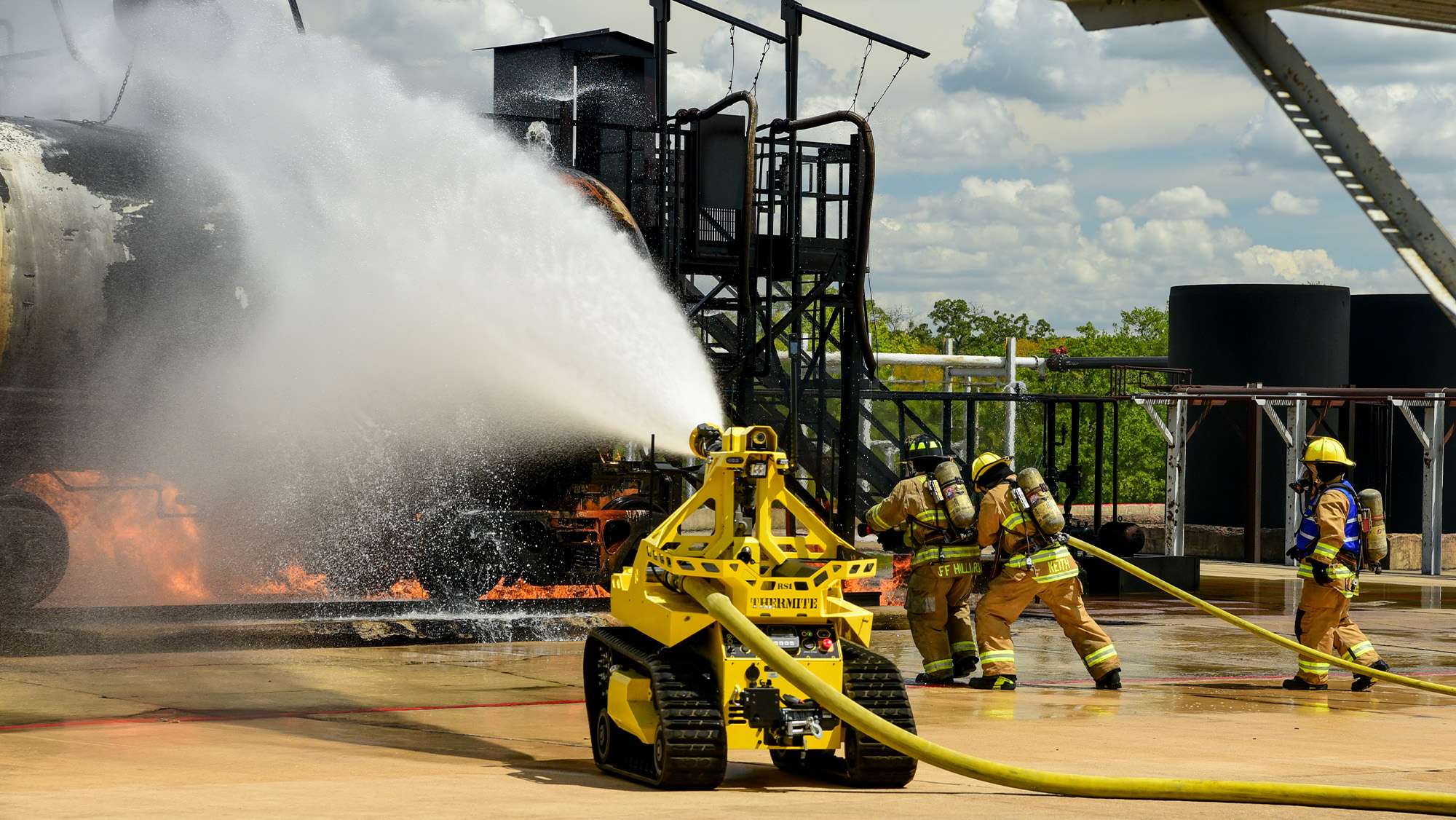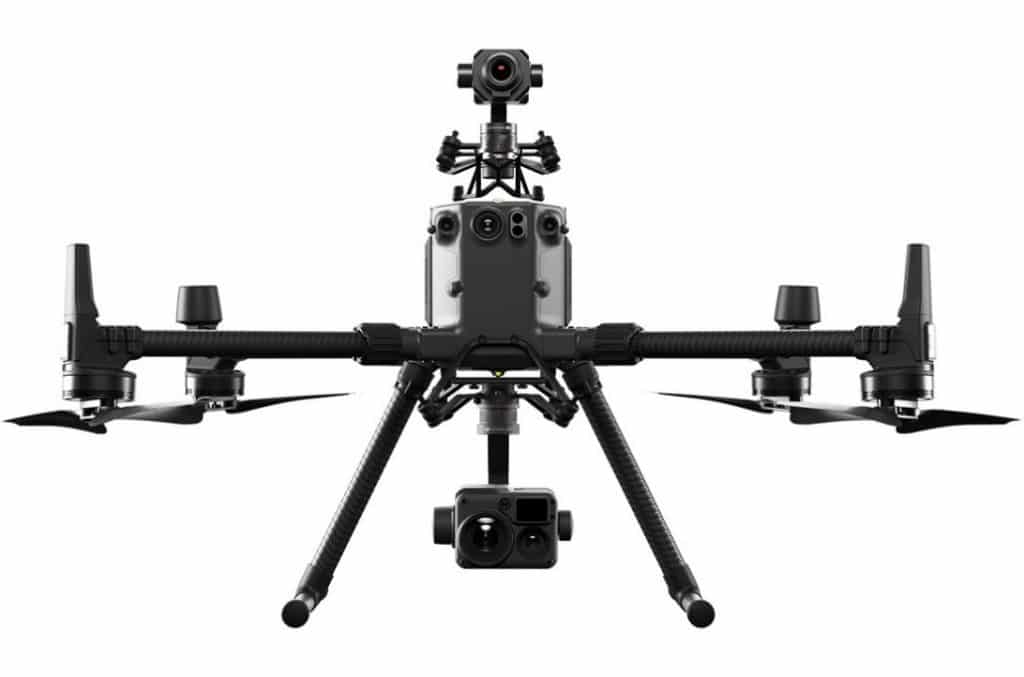Firefighting robots are emerging as valiant allies in the battle against blazes, offering invaluable assistance to human firefighters in dangerous and challenging situations. These intrepid machines come in various forms, each equipped with unique capabilities to tackle infernoes:
The advantages of employing firefighting robots are manifold:
However, it’s crucial to remember that robots are not replacements for human firefighters. Their effectiveness hinges on seamless collaboration between humans and machines, leveraging the unique strengths of each. The future of firefighting lies in this powerful synergy, where robots augment human capabilities, making our communities safer and more resilient in the face of fiery threats.
Versatility and strength define the Thermite RS1. Leveraging its unsurpassed mobility and agility, the Thermite RS1 easily maneuvers through tight areas while providing operators with situational awareness through video feedback on its remote belly-pack controller. Once positioned, the RS1 has the capability to output 1,250 gpm at 200 psi – gaining every advantage against the fire.
| Thermite® RS1 | Thermite® RS3 | Thermite® EV1 | Thermite® EV2 | |
|---|---|---|---|---|
| Flow | 1,250 gpm | 2,500 gpm | 700 gpm | 1,250 gpm |
| Length | 77.25 in | 120 in | 75 in | 113 in |
| Width | 44 in | 65.6 in | 38 in | 60.5 in |
| Height | 64 in | 64.5 in | 51 in | 73 in |
| Weight | 1,600 lb | 3,500 lb* depending on attachments | 1,500 lb* depending on attachments | 2,700 lb* depending on attachments |
| Engine or Electric Motor | 24Hp, diesel, 4 stroke, water cooled engine | 36.8Hp, diesel, 4 stroke, water cooled engine | 15Kw continuous 38Kw peak liquid cooled motor | 15Kw continuous 38Kw peak liquid cooled motor |
| Winch | 5,000 lb | 8,000 lb | 5,000 lb | 8,000 lb |
| Range | 300-500 m | 300-500 m | 300 m | 300 m |
| Speed | 6 mph | 8 mph | 5 mph | 8 mph |


Record mission actions such as drone movement, gimbal orientation, photo capture and zoom level to create sample mission files for future automated inspections.
Automate routine inspections and see consistent results every time. The onboard AI recognizes the subject of interest and identifies it during subsequent automated missions to ensure identical framing. Handy if you have several crucial points to inspect regularly.
Create up to 65,535 waypoints and set multiple actions for one or more sensors (also works with third-party sensors) at each waypoint. Flight path planning is also optimized to maximize the flexibility and efficiency of your missions.
Mark an object in the camera or map view with a quick flick of your hand, and the sensors’ advanced algorithms immediately calculate its coordinates. These will be projected on all camera views, in the form of an augmented reality icon. The subject’s location is automatically shared with the second remote control, or with the DJI FlightHub online platform.
